‘Texas Chainsaw Massacre’ (2022) and the Problem With Requels
Part reboot and part sequel, Texas Chainsaw Massacre (2022) is both good and bad at the same time. Read on for a look into why making a completely satisfying horror requel is an impossible task.
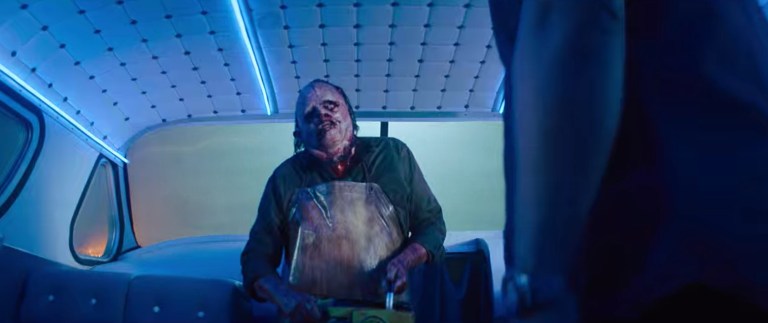
What is a Requel?

During the weekend of its release on Netflix, Texas Chainsaw Massacre (2022) became an unavoidable subject within the online horror community. It seemed as if every second or third comment on social media was someone weighing in with their thoughts. Many people loved it, many hated it, and a less boisterous segment thought the movie was okay. Though this kind of polarized reaction to pretty much anything on the internet is nothing new, what is interesting about the Texas Chainsaw Massacre discourse is that both sides have a good point.
Despite being part of a franchise, Texas Chainsaw Massacre is a direct sequel to only the first movie in the series, Tobe Hooper’s The Texas Chain Saw Massacre (1974). So, using a term that Scream (2022) helped popularize, Texas Chainsaw Massacre is a requel. The term “requel” is a combination of “reboot” and “sequel,” and it is a movie which either ignores or actively contradicts the events of previous sequels in favor of connecting to an earlier film in the franchise. Requels come loaded with unavoidable expectations, and Texas Chainsaw Massacre is the perfect case study for why these expectations can be nearly impossible to meet for the majority of viewers.
The Modern Audience
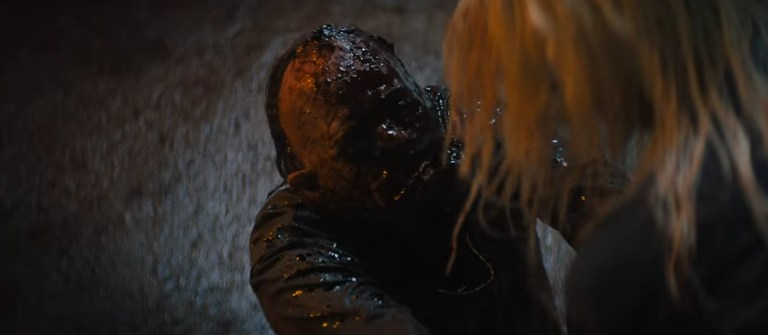
The film industry is, of course, a business, so any movie with a decent budget needs to meet the expectations of modern viewers if it wants to succeed. What modern viewers want in a movie like Texas Chainsaw Massacre, according to film studios, are violent and gory kills.
If you look at the highest grossing movies categorized as “slasher” on Box Office Mojo, it’s hard to dispute that audiences want blood. Another recent requel, Halloween (2018), sits atop the list with over $159 million. David Gordon Green’s Halloween greatly increased the level of violence when compared to John Carpenter’s original, and its sequel, Halloween Kills (2021) took the violence even further. The top ten box-office slashers also include other very bloody films including Freddy vs. Jason (2003), Friday the 13th (2009), Halloween (2007), and even The Texas Chainsaw Massacre (2003).
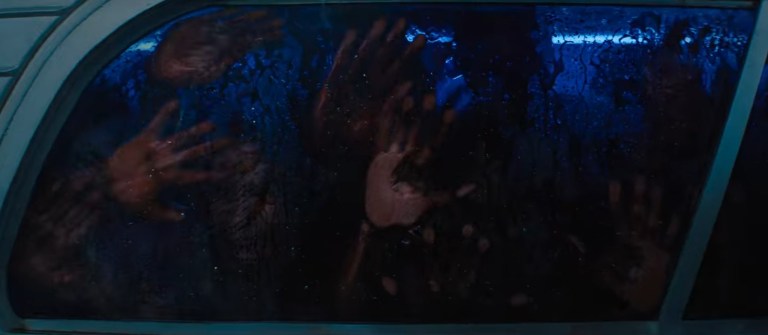
For people who turn on Texas Chainsaw Massacre (2022) looking for some splatter, they’ll get it. They’ll get a lot of it. The movie provides a great mixture of practical and digital gore effects as Leatherface racks up his highest body count in the entire franchise. This latest incarnation of Leatherface fits the mold of a monstrous, unstoppable killing machine perfectly. However, even though a solitary, practically inhuman killer may be a hit with a modern audience, this is where the problem with Texas Chainsaw Massacre, and requels in general, begins.
Honoring the Legacy

In general, a sequel should resemble the movie it follows in some way. It’s expected. Tastes change over time, and what used to work for a low-budget horror film doesn’t necessarily work on a big-budget scale decades later, but a sequel should at least attempt to match the tone or the spirit of the movie it’s supposed to take place after. Texas Chainsaw Massacre doesn’t successfully match either.
In the 1974 film, Leatherface is far from a stereotypical slasher villain. Leatherface is like a kid who knows he has done something wrong, but now that he’s started, he can’t stop. There is a scene in the original where Leatherface, after killing his third victim, frantically runs through his house as if he’s looking to make sure no one else has wandered inside. Making guttural noises, he runs to the window to look outside before sitting down and putting his hands on his head in worry. This is nothing like the generic, silent stalker seen in the 2022 Texas Chainsaw Massacre.

Some might argue that the new movie is set nearly fifty years after the original, so Leatherface has surely changed in that time. While that may be true, that’s also the problem. What is the point of making a sequel so many years later if the character people want to see is completely different with no explanation given as to why? A character arc is good, but only if we get to experience the progression.
Scream (2022) was able to pull off a new Ghostface well thanks to the fact that the killers are different in each film. Candyman (2021) had a similar situation since the killer comes from an urban legend based on different people throughout history. Halloween (2018) had an even easier job because Michael Myers is a silent, stoic killer. But even with Michael, fans who don’t particularly care for his newly increased level of violence have a valid point for their criticism. The same holds true for the new version of Leatherface.
It’s All About Family
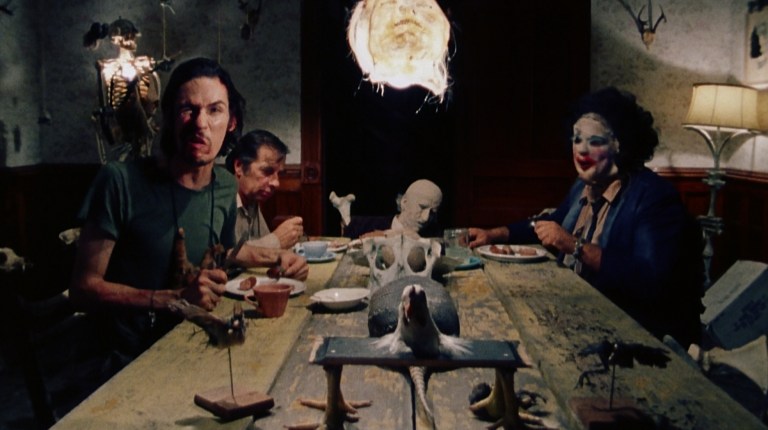
Another aspect that Texas Chainsaw Massacre (2022) oddly changes is the concept of family. In the original movie, Tobe Hooper intended to make a movie about a “family of Ed Geins.” Leatherface may have been the most active member of the family, but it isn’t really about him alone. The most disturbing parts of Hooper’s movie are arguably the abduction of Sally and the family dinner she is forced to take part in. Leatherface’s killing spree sets the table, but the deranged family is the main course.
The family is one of the main things that makes Hooper’s movie so unique in the world of horror. With nine movies in the franchise spread out over nearly fifty years, it’s understandable that a lot of people might get the wrong impression about the franchise and think it’s just about Leatherface killing people. At its best, it isn’t just about Leatherface, and the 1974 film arguably isn’t even technically a slasher movie (though that discussion is beyond the scope of this article). For fans of these movies, omitting the family aspect removes a defining part of a Texas Chainsaw Massacre film.

Going back to Scream (2022), it was incredibly successful because it follows along with what makes the series unique. Even though a bunch of new characters are introduced, the humor and the mystery involving hidden secrets are still there. Looking at Halloween Kills (a sequel to a requel), many fans rejected it at least in part because the dynamic between Michael and Laurie Strode was taken away. The story just doesn’t feel much like a Halloween movie despite the kills being supremely gory and fun.
What More Do You Want?

Texas Chainsaw Massacre (2022) is like Halloween Kills because neither film feels like what long-time fans would expect it to. Despite this, a lot of people watched Texas Chainsaw Massacre. Netflix showed that Leatherface’s latest rampage was the second most-watched movie on its service during its opening weekend. This success is despite objectively poor reviews of around 31% from both critics and fans on Rotten Tomatoes and a low score of about 4.9 on IMDB in the week following the movie’s debut. So, good or bad (or good and bad), requels get people to watch.
But should getting people to watch regardless of their reactions be the goal? As the trend of horror requels continues, if more franchises end up disappointing large segments of their built-in audience, then fewer people are going to watch each time a new movie in the franchise comes out.
Viewers who enjoy Texas Chainsaw Massacre aren’t wrong in their assessment because it is a fun, if somewhat mindless, modern slasher. But they’re being too dismissive when they ask, “what more do you want?” It’s not unreasonable to want and expect a sequel that feels like it belongs next to its predecessor.

No movie will ever please everyone, nor should it. But the requel is the trickiest type of movie to make with the greatest risk of genuine disappointment. With a remake, you can distance your movie from the original and make wild changes without feeling too beholden to what came before. Rob Zombie’s Halloween is a good example of a remake that is so different from the original that it is its own thing. It’s a new artistic vision inspired by the same basic story. Many people enjoy Zombie’s remake, but if you don’t, that’s fine. It has nothing to do with the original, so just don’t watch it.
It’s more difficult with a sequel like Texas Chainsaw Massacre (2022). If you don’t like it, that’s also fine, but you have a stronger argument for why the movie isn’t very good even if it is entertaining in its own way. It doesn’t follow through with the main ideas presented in the movie it follows, and the fact that it feels completely different from the original is a big problem for many viewers.
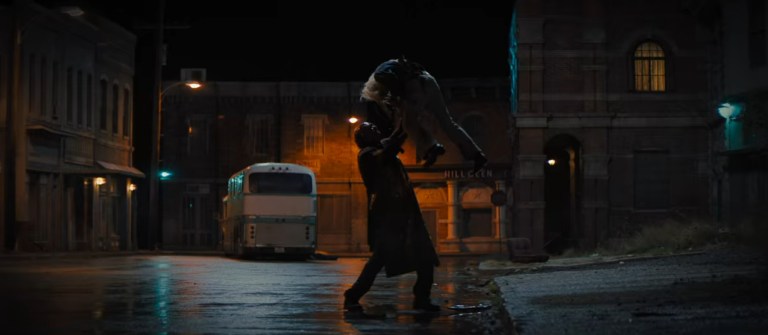
If you make a sequel, there should be a reason for it. Hopefully the reason is something other than just name recognition. A reboot/sequel will always have to deal with these kinds of issues, and more often than not there is no good solution. That is the unavoidable problem with requels, a problem which will only get worse as franchises continue to age and it becomes more difficult to reasonably honor the legacy of the original while satisfying a new audience.
